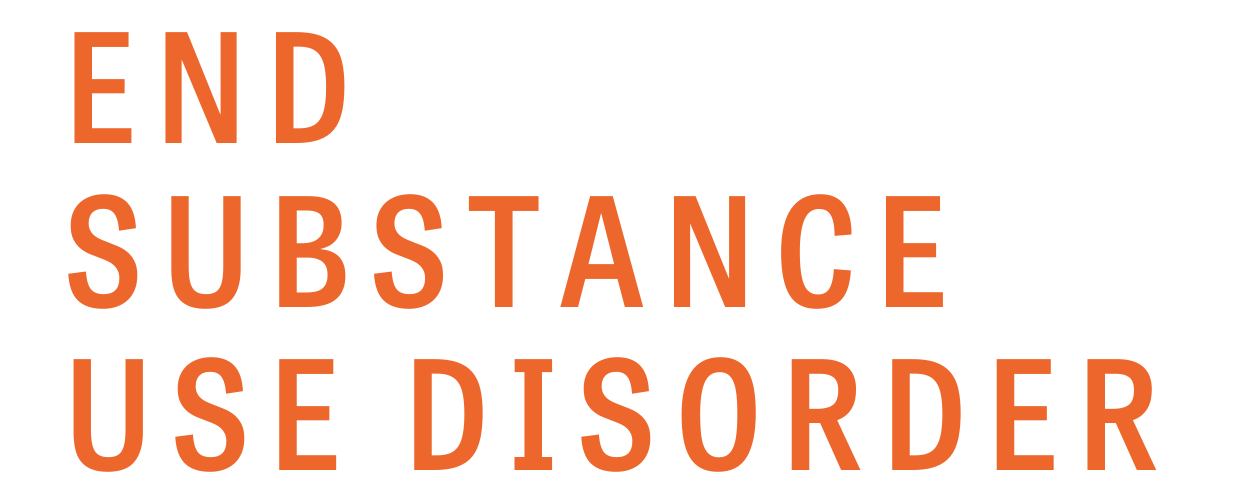White House Issues Report on Expanding Treatment in Correctional Facilities; End Substance Use Disorder Comments
Recently, the White House Office of National Drug Control Policy issued the first-ever federal guidance for jails and prisons to expand access to treatment for substance use disorder. The guidance specifically focuses on medications for opioid use disorder, the gold standard of care, and a critical tool to stem the tide of the overdose crisis. End Substance Use Disorder issued the following statement:
“For too long, we have punished people with substance use disorder instead of extending them the opportunity to engage in treatment that is proven to help them recover,” said Erin Schanning, president of End Substance Use Disorder. “While no one should be imprisoned for their substance use disorder, we applaud the White House and the law enforcement community for their leadership to increase access to treatment and help people involved with the justice system recover and reintegrate into their communities.”
Of the at least 10 million people who are in jails or prisons each year, almost two-thirds have substance use disorder. During the first two weeks after release, the risk of overdose can be up to 40 times higher than the general population. Black, Indigenous and people of color are disproportionately affected because they face higher rates of incarceration than others.
The federal guidance seeks to provide jail and prison administrators, program managers, medical staff in correctional settings, and reentry staff with tools to implement and monitor medication-based treatment in their facilities. The measures include rates of screening for substance use disorder and referral to treatment, as well as the ability to access care upon release and to refrain from future offenses.
Read the federal guidance for correctional facilities here.
